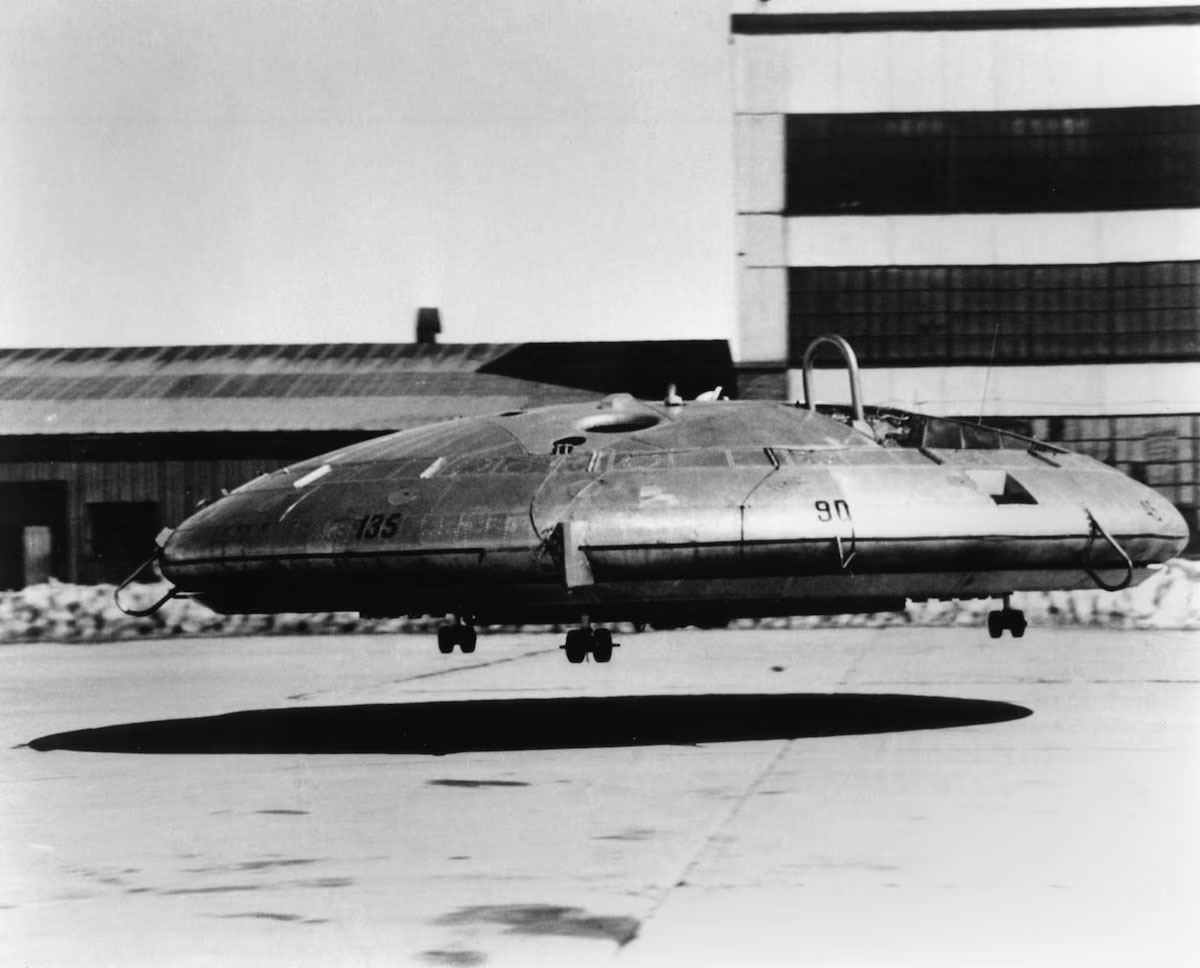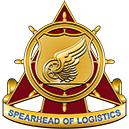Flying saucer lands at Fort Eustis museum

You don't have to go to Roswell to find a flying saucer, the U.S. Army Transportation Museum has it here at Fort Eustis. The new exhibit showcasing the Army's flying saucer will open on December 4th at 9am in the Cold War/Experimental exhibit area. It will tell the story of Army interest in creating new troop movement vehicles. A mural and an actual piece of the flying saucer will be in the new exhibit.
Part of a Cold War-era experimental flying saucer known as the Avrocar will be on display at the U.S. Army Transportation Museum
NEWPORT NEWS, Va. — A flying saucer is coming to Fort Eustis, but it's not alien in origin.
It's part of a new exhibit at the U.S. Army Transportation Museum, and is a Cold War-era experimental aircraft known as the Avrocar.
Developed in the 1950s by the Canadian firm AVRO Aircraft Limited, the Avrocar was meant to take-off and land vertically, cruise at low altitudes on a cushion of air and accelerate to high speeds at higher altitudes.
Two prototypes were built and resembled flying saucer UFOs. The Avrocar could reach 35 mph in test flights, but the aircraft became increasingly unstable at heights greater than three feet. The military scrapped the program in 1961.
The first prototype, which never flew, is on display at the National Museum of the U.S. Air Force in Dayton, Ohio. The second prototype did undergo test flights and is stored in pieces at the U.S. Army Transportation Museum. Unfortunately, the cost to restore the vehicle would be extremely expensive.
Avro Canada VZ-9AV Avrocar
The Avrocar was the result of a Canadian effort to develop a supersonic, vertical takeoff and landing (VTOL) fighter-bomber in the early 1950s. However, its circular shape gave it the appearance of a “flying saucer” out of science fiction movies of the period.
A.V. Roe (Avro) Aircraft Limited (later Avro Canada) based its design concept for the Avrocar on using the exhaust from turbojet engines to drive a circular “turborotor” which produced thrust. By directing this thrust downward, the turborotor would create a cushion of air (also known as “ground effect”) upon which the aircraft would float at low altitude. When the thrust was directed toward the rear, the aircraft would accelerate and gain altitude.
In 1952, the Canadian government provided initial funding but dropped the project when it became too expensive. Avro offered the project to the U.S. government, and the U.S. Army and U.S. Air Force took it over in 1958. Each service had different requirements: the Army wanted to use it as a subsonic, all-terrain troop transport and reconnaissance craft, but the USAF wanted a VTOL aircraft that could hover below enemy radar then zoom up to supersonic speed. Avro’s designers believed they could satisfy both services, but these two sets of requirements differed too much.
Research data originally indicated that a circular wing might satisfy both the Army’s and Air Force’s requirements, and Avro built two small test vehicles to prove the concept. Designated the VZ-9AV Avrocar (“VZ” stood for “experimental vertical flight,” “9” for the ninth concept proposal, and “AV” for Avro).
Tests with scale models at Wright-Patterson AFB, Ohio, indicated that the cushion of air under the Avrocar would become unstable just a few feet off the ground. The aircraft would be incapable of reaching supersonic speeds, but the testing went ahead to determine if a suitable aircraft could be developed for the Army. The first prototype -- the Avrocar on display (serial number 58-7055) -- was sent to the National Aeronautics and Space Administration (NASA) Ames Research Center at Moffett Field, Calif. There, wind tunnel tests proved that the aircraft had insufficient control for high speed flight and was aerodynamically unstable.
The second Avrocar prototype underwent flight tests that validated the wind tunnel tests. If it flew more than three feet above the ground, the Avrocar displayed uncontrollable pitch and roll motions, which the Avro engineers called "hubcapping." The Avrocar could only reach a maximum speed of 35 mph, and all attempts to end the hubcapping failed. The project was cancelled in December 1961.
The second prototype aircraft went to the U.S. Army Transportation Museum at Fort Eustis, Va., and the first prototype Avrocar came to the National Museum of the U.S. Air Force in 2007.
TECHNICAL NOTES:
- Crew: Two
- Engines: Three Continental J69-T9 turbojets of 927 lbs. thrust each
- Wingspan: 18 feet
- Height: 4 feet, 10 inches
- Weight: 4,620 lbs. empty
